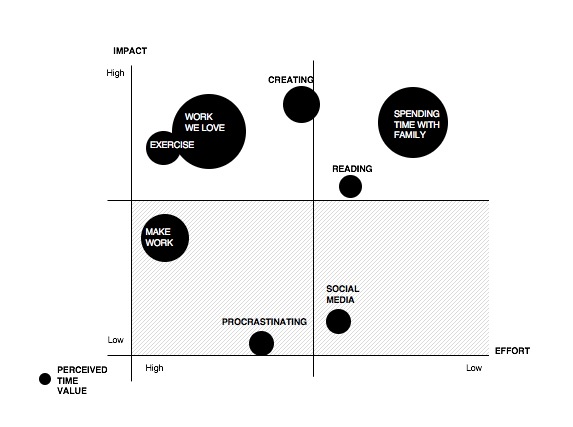 Photo by Markus Winkler on Unsplash
Photo by Markus Winkler on Unsplash
Goals. They are a cornerstone of organizational and performance management. Searching “goal” in Harvard Business Reviews search bar brings up 24,156 search results (as of Sep 1, 2020). For leaders managing organizations, goals range from revenue, growth and expense goals to operational and customer goals. For employees, they are important motivators and markers of success. Irrespective – goal setting is a both a time of reflection and anxiety for managers and employees alike.
But what happens when a goal is no longer relevant? What if the purpose for the goal no longer exists or changes so drastically? If there’s ever been a time to rethink goals, it’s now. With markets behaving in unprecedented ways, organizations and their teams should be taking a step back to revisit pre-pandemic aspirations. The elephant in the room when doing so is …. does it still matter?
There has never been a better time to flex those agility and pivot muscles and to rethink your goals and approach to the future. Here are 4 steps on your reset journey.
- Clean your mental slate. Assume the goals you have today no longer exist (even if temporarily). In doing this, also clear out assumptions you’ve long held in the past about how markets and people work. This will be the most difficult task and will be one you have to come back to time and again.
- Study the market and your customers. It can be hard to lift attention away from your company’s performance and focus on external factors – but this is a critical first step. The world came to a near stop in March 2020 for many industries in North America and while some are recovering. Look beyond your current customer base at adjacent opportunities. Understand the market dynamics of the supply chain and activity beyond your current product offering. Derive insights based on market dynamics and people’s behaviours and habits.
- Make new hypotheses that impact your business. With a clean slate and insights, develop new and relevant hypotheses about your business and the role it plays in the market and customers. These hypotheses should form a rich narrative that is conscious of residual assumptions. During this exercise, go back to step one and ensure your hypotheses are grounded in new insight driving to the future vs. past experience only. Take your time doing this – and continually ask yourself. What is this hypothesis grounded in – the past or the future? Here’s one: “More people will work from home indefinitely, even after the pandemic, which will impact companies supporting commute travel and core commercial areas”. And another: “Borders are closed so we will have few newcomers to the country”. Both are testable and impact numerous industries.
- Stress test goals. Assume the hypotheses you’ve developed turn out to be true – develop new goals to meet your business objectives with these truths in place. Is the customer target you were aiming for last year still believable? Should you continue to pour marketing dollars into a channels that aren’t productive? If the answer is no, then it’s probably time for your organization and team to focus on new goals.
Once you’re clear on letting goal of your goals, there are three hard tasks to follow. The first is developing a set of new aspirational goals for your teams. The second is communicating the pivots and changes effectively to your leadership and their teams. The third is ensuring individual goals line up to these organizational ones. Even with companies that are well oiled machines, this can be a difficult task that can lead to confusion. Ensure that you have an engaging “why” narrative, a concise “what” strategy and a clear “how” plan cascaded at each level.
While these activities are not to be taken lightly – clearing the deck of goals that are no longer relevant can free you and your teams to focus on what truly matters.

